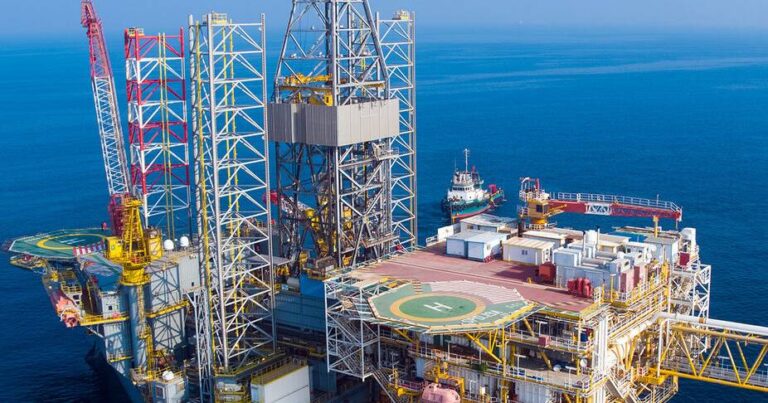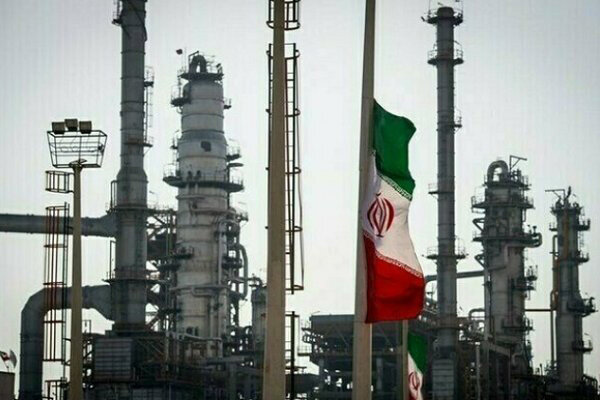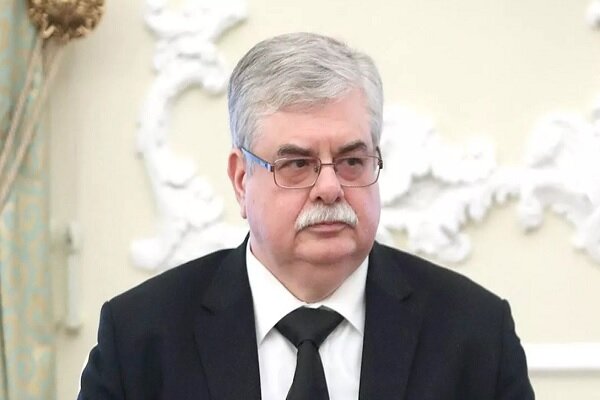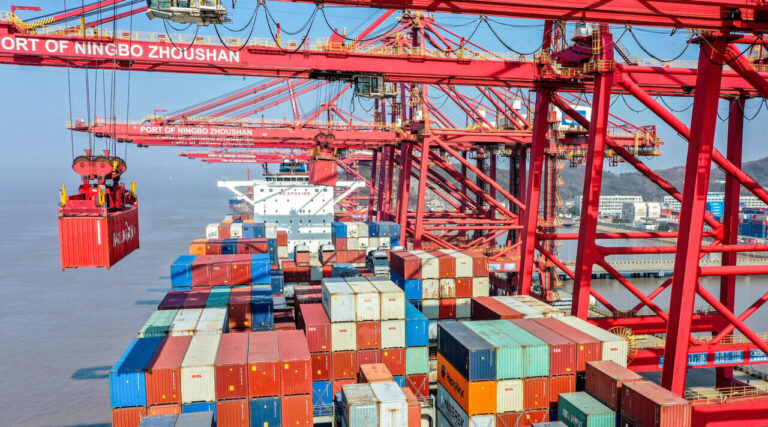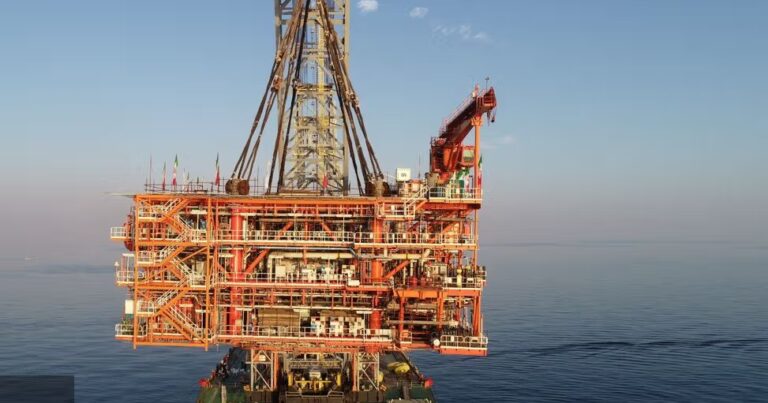Iran Boosts Vital Gas Production by Partnering with Local Firms Amid Sanctions
In a significant move to enhance domestic gas production, Iran has recently inked a substantial contract with local firms for pressure-boosting measures at the South Pars gas field, the largest in the world. This initiative aims to address domestic gas shortages in a country that possesses the second-largest natural gas reserves globally.
Despite its rich resources, Iran struggles with gas shortages largely due to a lack of investment in crucial infrastructure at South Pars, which supplies around 70% of the nation’s gas. The absence of foreign partners has compelled Iran to rely on its domestic capabilities to manage this vital energy resource.
This week, Iranian companies including Petropars, the Khatam al-Anbiya Construction Headquarters of the Islamic Revolutionary Guard Corps (IRGC), MAPNA Group, and Oil Industries Commissioning and Operation, signed a remarkable $17 billion contract focused on implementing necessary pressure-boosting measures in the South Pars gas field. Notably, this is not the first agreement of its kind; a similar contract was executed a year prior, although the reasons for the new agreement remain undisclosed.
The South Pars gas field, which shares its resources with Qatar, is experiencing a decline in pressure and production. With reserves of approximately 14 trillion cubic meters of gas on the Iranian side, experts warn that without adequate pressure-boosting facilities, production could decline by 10 billion cubic meters annually, making it impossible to satisfy even domestic requirements.
Historically, Iran’s collaboration with foreign entities such as France’s Total and China’s CNPC had aimed to advance the development of Phase 11 in South Pars. A previous $5 billion contract was set for this phase, which included plans for a pressure-boosting facility. However, following the US withdrawal from the JCPOA nuclear deal in 2018, both Total and CNPC exited the project, leaving Iran to manage the development alone.
The original contract envisioned:
- Drilling wells and constructing offshore pipelines to yield 50 million cubic meters of gas daily at Phase 11.
- Building a 20,000-ton platform equipped with two massive 60-megawatt compressors and further facilities.
To maintain current production levels, experts estimate that South Pars requires 15 massive platforms and 30 large compressors, with a total projected cost of around $37 billion. Unfortunately, after Total’s withdrawal, and subsequently CNPC, Petropars has faced significant challenges, resulting in Phase 11 producing far below its intended output. The Iranian company has struggled even to drill the necessary wells for optimal production.
In addition to Petropars’ challenges in Phase 11, the company had also been responsible for developing Phase 12 of South Pars, which aimed for a production capacity of 85 million cubic meters per day. However, a confidential report from the National Iranian Gas Company (NIGC) revealed that current production from this phase is merely half of the objective. In a questionable move, Petropars relocated one of Phase 12’s platforms to assist in Phase 11 instead of constructing new platforms.
Aside from Petropars, the Khatam al-Anbiya has secured numerous oil and gas contracts over the years with the Iranian government, yet none have been successfully executed. MAPNA, recognized as Iran’s largest thermal power plant contractor, is tasked with manufacturing compressors under the new $17 billion contract. However, due to its previous failures to produce efficient turbines for combined-cycle plants, concerns arise regarding its capability to manufacture the large compressors needed for the South Pars project.
While Iran possesses substantial gas reserves, the country is facing a growing gas shortage that threatens to deepen as pressure in South Pars continues to decline. A recent document from the Iranian Oil Ministry indicates that even if the $17 billion contract is executed, it may only slow the decline of production in the Iranian section of South Pars, rather than halt it entirely.
The Challenge of Pressure Decline in South Pars
An Iranian offshore platform designer, who has worked with Western companies on Qatari projects, emphasized the complexity of pressure-boosting operations in such a massive gas field. Speaking on condition of anonymity, he stated that the production from South Pars has primarily depended on the reservoir’s natural pressure of 120 atmospheres. Thus far, Iran has predominantly relied on drilling wells and laying pipelines to transport gas and condensates directly to onshore refineries.
He elaborated that to meet current demands, substantial platforms—15 times larger than the existing ones—must be constructed. These platforms will require:
- Gas-liquid separation facilities to enable gas transport via large compressors.
- High-power pumps for transporting condensates to onshore refineries.
- Power plants installed on these platforms to support compressor and pump operations.
He noted that only a limited number of Western companies, such as France’s Total and Germany’s Siemens, possess the necessary technology for such advancements, having successfully implemented pressure-boosting measures in the Qatari section of South Pars.
Details surrounding Iran’s $17 billion contract with domestic companies suggest a shift in strategy. Instead of constructing the ambitious 20,000-ton platforms, Iran is planning to build smaller platforms, ranging from 4,000 to 5,000 tons, but in greater numbers. The compressors designated for these platforms will only have a capacity of 30 megawatts, which is significantly smaller than the required size.
Despite these plans, Iran has no prior experience in constructing even the smaller platforms, and officials have acknowledged that they are still working to develop the necessary infrastructure for this endeavor. As Iran navigates these challenges, the future of South Pars and the country’s gas supply remains uncertain.

